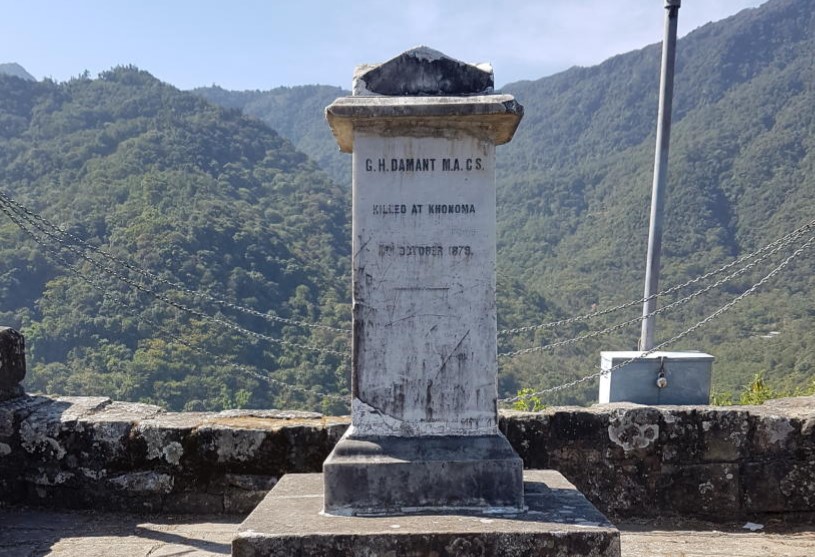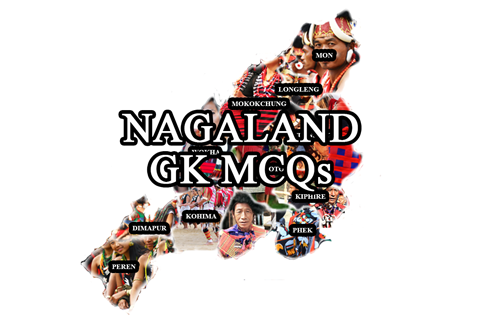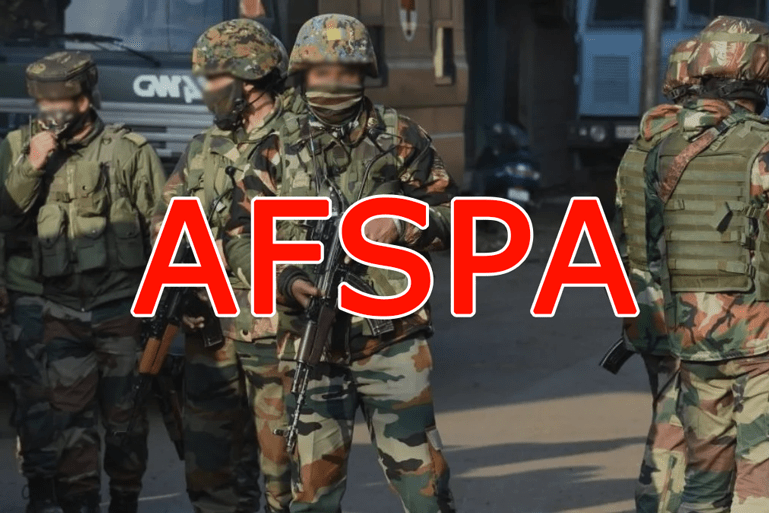THE NAGAS DURING BRITISH RULE
BRITISH COLONIZATION
The British Empire was composed of the dominions, colonies, protectorates, mandates, and other territories ruled or administered by the United Kingdom and its predecessor states. It began with the overseas possessions and trading posts established by England between the late 16th and early 18th centuries. At its height it was the largest empire in history. By 1913 the British Empire held over 412 million people, 23 per cent of the world population at the time, and by 1920, it covered 24 percent of the Earth’s total land area. As a result, its constitutional, legal, linguistic, and cultural legacy is widespread. At the peak of its power, it was described as “the empire on which the sun never sets“, as the sun was always shining on at least one of its territories. [Source: Wikipedia]
India came under the British rule from 1858 through 1947. The system of governance was instituted in 1858 when the rule of the East India Company was transferred to the Crown in the person of Queen Victoria.
| East India Company | 1612–1757 |
| Company rule in India | 1757–1858 |
| British rule in Portuguese India | 1797–1813 |
| British Raj | 1858–1947 |
As such, even a remote area in the North Eastern corner of India came in contact with the British. In 1828, Britain annexed Assam following the Treaty of Yandabo in 1826. Not long after, the Nagas also came in contact with the British. Historians recorded that the Nagas resisted outside forces trespassing into their territory. Stories of fierce battles and clashes have been recorded.
First contact between the Nagas and the British
As the British East India Company expanded its influence in north-eastern India, the Britishers eventually came in contact with tribes living in the hills along the eastern side of the Assam Valley.
The Nagas came in contact with the British for the first time in 1832 when two British captains, Francis Jenkins and R.B. Pemberton traveled with a party of 700 soldiers and 800 coolies, in search of a route between Manipur and Assam through Angami Naga territory. The Nagas felt agitated to witness the movement of foreign forces in huge number across their territory, eventually leading to clashes with the British.
In 1833, Lt. Gordon and Gambir Singh visited Naga Hills.
In 1835, Nagas raided some villages in North Cachar and the Company had to do something, though it did not wish to administer Naga territory. Between 1839 and 1847 seven punitive expeditions entered the Naga Hills but the raids continued.
From 1839 to 1846, the British Government attempted to control the tribes by way of expeditions. The Angami country was first entered by a European in 1832 when Capt. Jenkins and Capt. Pemberton marched from Manipur. The Nagas were at this time in the habit of raiding British villages in North Cachar. The Raja of Manipur and Tularam Senapati being unable to comply with the British request to keep them under proper control, it was decided to bring some pressure upon the Naga tribes by sending expeditions. (Source: Census 1951 Assam)
Expeditions into the Naga Hills
The first British expedition to the Naga Hills:
In 1839, Mr. Grange (Sub Assistant to the Commissioner at Nowgong) led the first expedition into the Naga Hills to investigate the causes of Naga raids and to deal with Khonoma and Mezoma villages who had earlier invaded the British territories of Assam. This expedition was not successful as he had underestimated the strength of the Nagas and was not properly equipped with troops and rations.
In 1839, Rev. Miles Bronson established a Christian Mission Centre at Namsang village. He is the first missionary to the Nagas.
In 1840, Mr. Grange led the second expedition and managed to marched to Manipur to a point between Yankhulang (Tsiepfüma) and Moocelang (Togwuma). On the way he burnt down five villages and captured eleven Nagas.
In 1845, Captain John Butler, Principal Assistant of Nowgong was deputed to the Naga Hills with a force. He came with a friendly attitude and the Nagas presented him with ivory, clothes and spears according to their cultural practice. The British interpreted these presents as a kind of tribute to their authority.
In 1847 a British Resident, an Indian police officer named Bhogchand Daroga, was sent to represent the British East India Company at Samaguting (present day Chumukedima).
In 1849, while on a mission to Mezoma to arrest raiders, Bhogchand Daroga was killed along with 21 of his men at Piphema by the men of Khonoma and Mezoma villages. In 1849, the British responded by sending punitive expedition under Captain Vincent but it failed due to the Nagas setting fire to the stores in Vincent’s camp.
Later again in 1850, Captain Vincent led a force from the Assam Light Infantry, the Cachar Levy ( Later known as ‘Assam Rifles’) and the Jorhat Militia to Mezoma to avenge Bhogchand’s death and remained there for six months, burning Khonoma during his stay. So strong was the defence of the fort at Khonoma that though the guns were finally brought within 75 yards, still they did no appreciable damage. However, with superior fire power, Mezoma and Khonoma villages were defeated. The British then decided that the best policy to take towards the Nagas was one of non-intervention and the troops were withdrawn in 1857. Ten military expeditions were led into the Naga Hills between 1835 and 1851, the greater number of which were to punish raids by the Nagas.
The expeditions, however, finally succeeded and marched through the hills, burning several villages which opposed their progress or declined to furnish them with supplies. The troops were then withdrawn from the hills and it was determined for the future to abstain from all interference with the Nagas. The policy was thus laid down by the Governor-General Lord Dalhousie (Source: Census 1951 Assam)
British Administration in the Naga Hills
After the policy of non-intervention was definitely adopted, no less than 22 Naga raids still occurred, in which 55 persons were killed, 10 wounded and 113 taken captive. The policy of non-interference was given a fair trial, but it soon proved to be unsuccessful. Decision to abandon the policy of non-interference was taken in 1866. Later, the British formed a new district known as Naga Hills under Assam with district headquarters at Samaguting (present day Chumukedima) in 1866 with armed police post. The main object of extending the British administration inside Naga Hills was not to extend British rule into the interior but to protect the lowlands from the incursion of the Nagas. Captain Gregory, the first officer in charge of the new district, was succeeded in 1869 by Captain John Butler
In 1874 Assam became a Province under British Rule, and the Angami Naga territory around Kohima became British-administered territory under Captain John (Johnstone) Butler. It became the first step to the formal annexation of the Naga Hills in 1874 under Captain John Butler. By 1874, sixteen Naga villages had accepted British protection and thirteen of these villages paid revenue at the rate of Rs.2 per house per annum. [Ibid., p.184, Alexander Mackenzie, op. cit., p.127, p.132]
British survey parties started entering the Naga Hills, causing intense unease amongst the Nagas and clashes with the British continued. Survey groups began to take large numbers of casualties.
Another expedition party under Captain John Butler (Political Officer) was ambushed and killed by Pangti Villagers (Lotha Village under Wokha) in a fair fight on 7th January 1876. Colonel Tulloch in command of the escort, which consisted of a detachment of the 42nd Assam Light Infantry , attacked and burned Pangti village the next day. [Detailed Report on the Naga Hills Expedition of 1879-80′, Capt. P.J. Maitland ]
In February 1877, the Angami Nagas of Mezoma raided the Arung Naga village in the heart of North Cachar killing 6 and wounding 2 persons, resulting in a punitive expedition commanded by Captain W. Brydon, 42nd Assam Light Infantry. Besides, there were numerous complaints of Naga depredations in Manipur, and their internal feuds were as always incessant. The village of Mezoma refused to give up the raiders and in the winter of 1877-78 an expedition was sent against it, and in which Mezoma village was burned in 1877.
Occupation of Kohima
The continuing raids and attacks by the Nagas compelled the British government to change its policy of non-interference. In 1877, the Governor–General proposed to shift the headquarters of the Naga Hill District into the interior part of the hills. The proposal was assented by the Secretary of the State [Alexander Mackenzie, op. cit., p.130]. In 1878, the British government shifted the headquarter from Samaguting to Kohima in the midst of the group of powerful Naga villages which it was specially necessary to control. In November 1878. Mr. Guybon Henry Damant (G.H. Damant) was appointed as the new Deputy Commissioner of the Naga Hills District.
Death of G.H. Damant
In 1879, the British Political Officer (Deputy Commissioner) at Kohima was Guybon Henry Damant (G.H. Damant). Damant had heard that Naga villages were secretly acquiring arms, and that the villagers at Khonoma had acquired several of these weapons. On 13th October 1879 Damant set out to visit Jotsoma, Khonoma and Mezoma villages with an escort of 65 constables of the Frontier Police and 21 rifles from the 43rd Assam Light Infantry. At Khonoma ,Damant left his baggage party at a stream below the village and with an escort climbed up the path towards the village gate. The heavy door was closed and Damant called out for it to be opened.
In reply a large group of Nagas appeared over the side wall and fired at close range into the bunched escort, killing Damant and most of his group. The Nagas then swarmed down onto the baggage party; the remaining escort fled to Kohima having lost 25 constables and 10 riflemen killed, plus Damant’s servants, and 19 others wounded. [Alexander Mackenzie, op. cit., p.135, Gordon P. Means, op. cit., p. 186]. When the news reached Kohima, preparations were made to resist Naga attack. The sub-divisional officer was summoned from Wokha, and arrived with his force of sepoys and police on the 19th October. The Kohima stockade was besieged by the Nagas from 16th to the 27th October. The garrison was reduced to great straits for want of food and water, and was relieved and the siege was raised by the arrival of Colonel Johnstone, Political Agent of Manipur with a force of 2,000 Manipuri troops and his own escort of 30 sepoys and a few police. [Assam Administration Report, 1882-1940]

References:
- Census of India, Part IV – Assam, 1901).
- Census 1951 Assam – Naga Hills District Census Handbook
- Assam Administration Report, 1882-1940]
- A Book on Nagaland (NBSE)
PREVIOUS:
- History #1 – The Naga People
- History #2 – Origin of the Word ‘Naga’
- History #3 – Migration of The Nagas
- History # 4 – The Nagas and the Ahoms
NEXT: History #6: Battle of Khonoma



Leave a Comment (FB)